 |
| image from Paramedicine 101 |
Wednesday 21 September 2011
My Heart Defect
I have a heart defect called Tetralogy of Fallot.
Here is information from the Child Heart Associates Tetralogy of Fallot (TOF) is one of the most common types of heart disease in children requiring surgical repair. It consists of a large hole between the two pumping chambers of the heart (ventricular septal defect, or VSD) and a tightening of the area leading out of the heart to the lungs (subvalvar pulmonary stenosis). The rest of the tetralogy ("four findings") don't make much sense to non-physicians as they are really anatomic details: an overriding aorta, and thickening of the right ventricle. Curiously, tetralogy of Fallot was not actually discovered by Etienne-Louis Arthur Fallot, but it was named for him because of a very good paper he wrote about it in 1888. It was actually first described by a fellow named Stinson. Although there are some more serious forms of TOF (including TOF with pulmonary atresia, TOF with absent pulmonary valve and TOF with other complex heart disease), most children with TOF do not have very much pulmonary stenosis at birth, and may be completely pink with no symptoms at all during the first few months of life ("pink tetralogy"). However, the pulmonary stenosis tends to gradually become worse over time, and most children will eventually become somewhat blue (cyanotic), due to blue (low oxygen) blood mixing with the pink (high oxygen) blood within the heart. Children can be cyanotic from birth, or can develop cyanosis gradually over time, usually within the first year of life. Because of the tendency for children to develop cyanosis, tetralogy of Fallot is often classified as a type of "cyanotic heart disease". There are many different types of cyanotic heart disease, however, most of which are far more severe than tetralogy of Fallot, so this is not a very useful term. Starting at about 6 months of age (occasionally sooner), a child with the usual type of TOF may start to have "tetralogy spells" ("tet spells" or "hypercyanotic spells"). Tetralogy spells can be triggered by anger, pain, feedings, a bath or even just waking up from a nap. During a spell, a child becomes short of breath, deeply cyanotic (with very low oxygen levels), irritable and even lethargic or unconscious. The first step in treating a child having a tetralogy spell is to place him or her in a fetal (knee-chest) position and keep them calm and comfortable. Although children most often will come out of a tetralogy spell on their own, tetralogy spells can be a real medical emergency. Generally it's best to call an ambulance right away unless a physician has specifically instructed otherwise. There are medications that can reduce the risk of tetralogy spells, but because of their side effects they are often not used unless a child has spells at an earlier age than usual, or develops spells before surgery is scheduled. Prior to surgical repair, children with tetralogy of Fallot must have a careful evaluation to outline all the details of their condition. Some children may have an abnormal artery supplying the heart itself with blood (conus coronary supplying the left anterior descending artery), additional holes between the pumping chambers, or abnormalities in the shape of the arteries to the lungs, any of which might require a different type of surgery, or surgery at a different age. Some centers obtain this information by performing an echocardiogram (ultrasound of the heart) and a cardiac catheterization, while others may perform only an echocardiogram. In addition, a fraction of children with tetralogy of Fallot also have a genetic condition known as DiGeorge syndrome or velocardiofacial syndrome, related to a mutation on chromosome 22. Surgical repair is required in every child with the usual type of tetralogy of Fallot, unless such a procedure would carry too high a risk for some reason. Because tetralogy spells can be dangerous, most cardiologists would recommend surgical repair within the first six months of life. In addition, there is evidence that waiting for surgical repair until after a year of age can increase the risk of serious cardiac complications, including abnormal heart rhythms, later in life. For other types of tetralogy of Fallot (listed above), surgery may be required earlier or later, or may not be possible at all. In the hands of a surgeon with a lot of experience in pediatric heart surgery, the surgical repair of tetralogy of Fallot is fairly low-risk, although of course all heart surgery entails some risk. Following surgical repair, it is reasonable to expect that children will have normal heart function and probably a normal life expectancy. We really don't know this for certain, however, as infant heart surgery has only been available for a few decades. On the other hand, children with tetralogy of Fallot who do not have surgical repair are very likely to have serious heart problems by early adulthood, and in most cases probably would have substantially reduced exercise tolerance, a low quality of life with frequent hospitalizations, and a significantly shorter life expectancy than other people. Approximately 40% of untreated patients with TOF die within the first 4 years of life, 70% by 10 years, and 95% by 40 years. For this reason, given what we know, surgical repair is the only sensible option.
A busy week!!
Well we have not been around lately because we have been out and about visiting!! In the last 7 days I have only slept in my own bed twice.
Here is what we have been up to in pictures
I attended my first wedding
Me and Mom
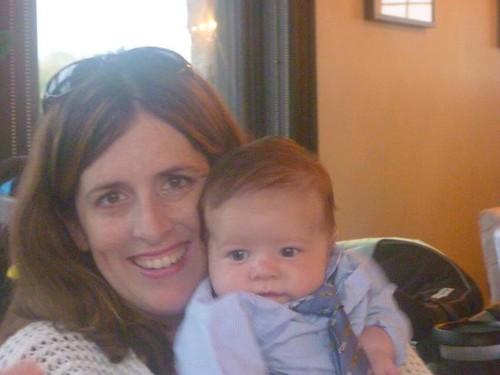
A ladies Man, I picked up two older women!!
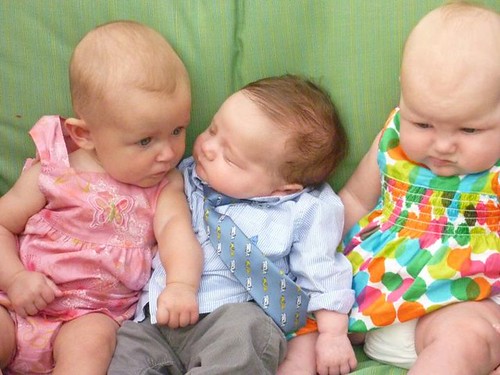
I took our first trip over the border to visit our American Friends
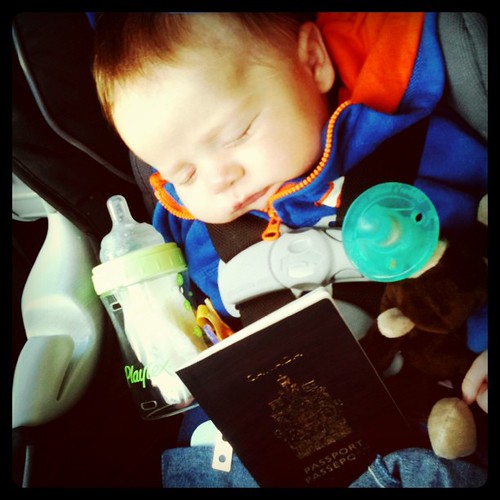
Big Tree Volunteer Fire Companies Newest Recruit
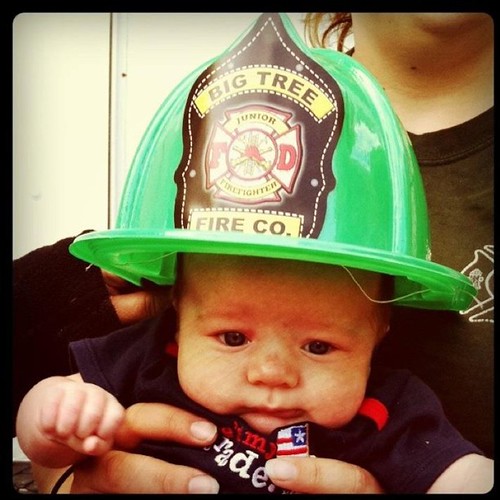
We came home then headed off on my second road trip:
A Canadian Road Trip Staple

Hanging in the Hammock
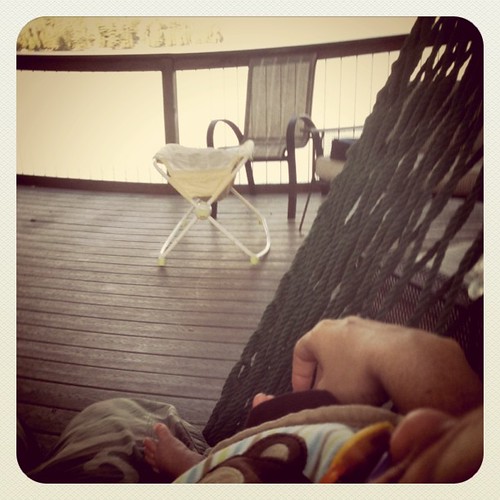
the view from our Hammock
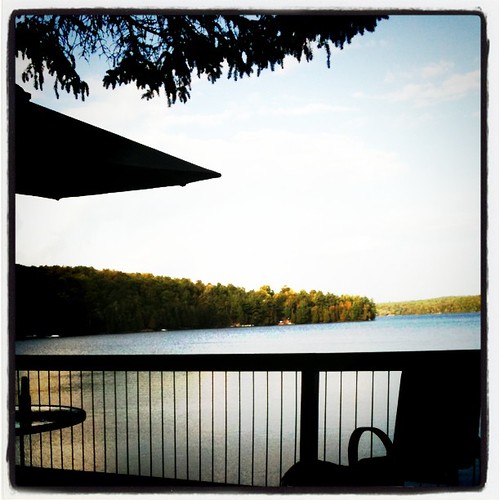
And then back to the Camper and the Race Track to watch the Race Cars!!
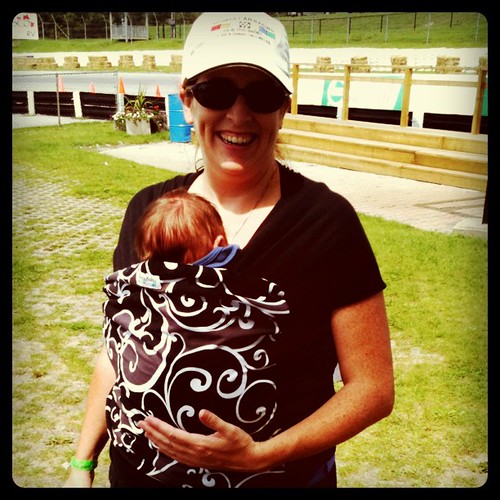
Here is what we have been up to in pictures
I attended my first wedding
Me and Mom

A ladies Man, I picked up two older women!!

I took our first trip over the border to visit our American Friends

Big Tree Volunteer Fire Companies Newest Recruit

We came home then headed off on my second road trip:
A Canadian Road Trip Staple

Hanging in the Hammock

the view from our Hammock

And then back to the Camper and the Race Track to watch the Race Cars!!

Subscribe to:
Posts (Atom)
